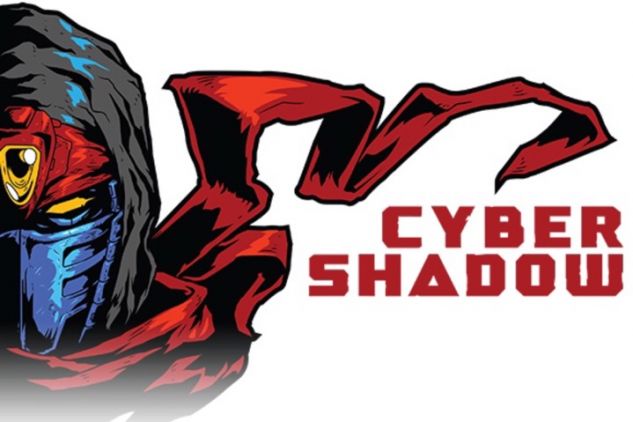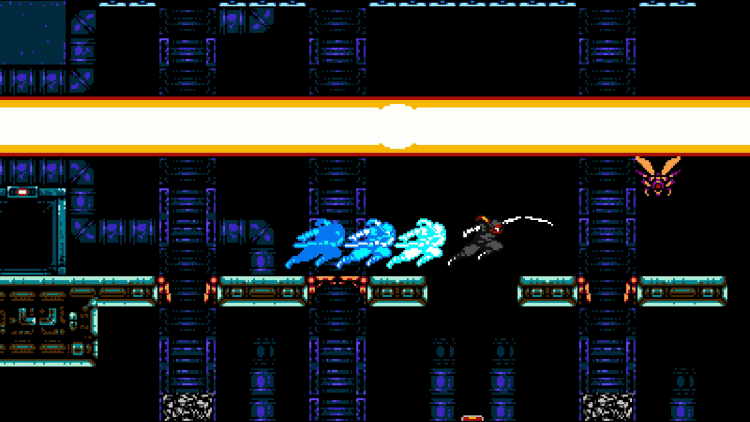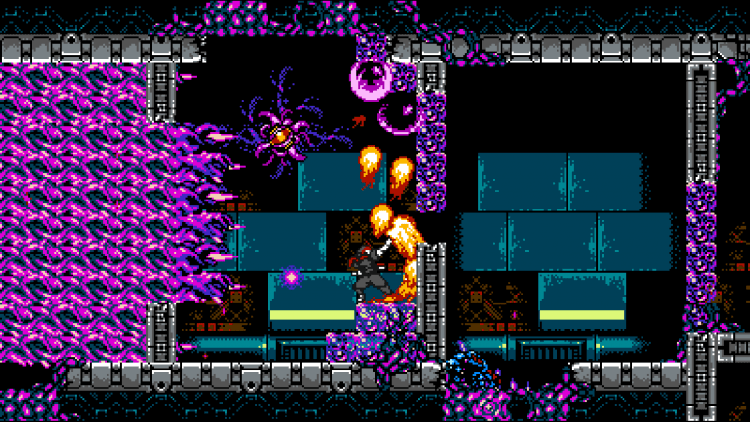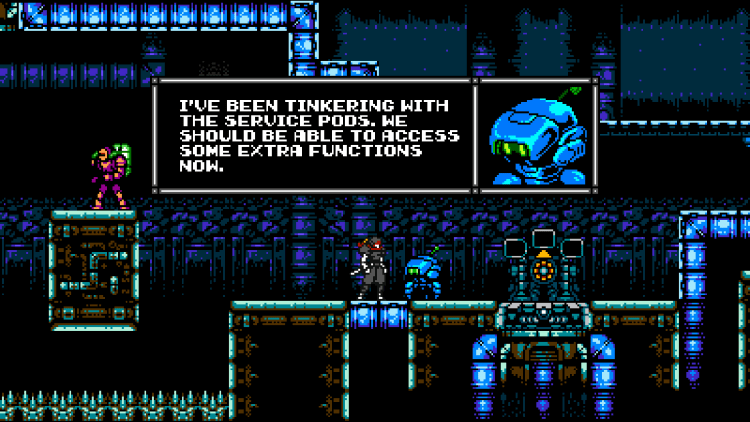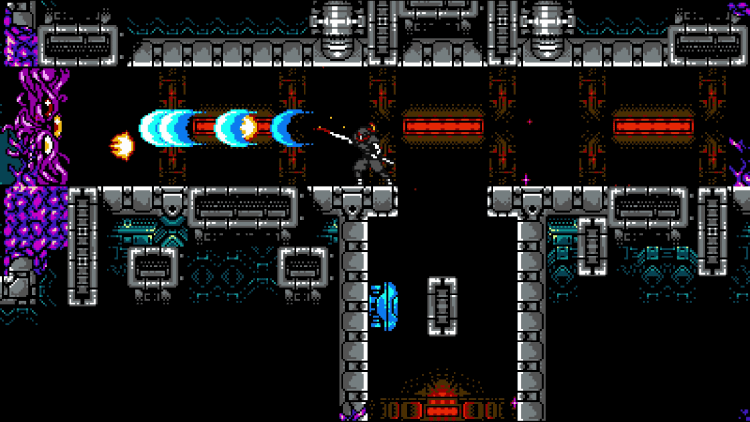When it comes to oversaturated markets, nothing compares to cute pet videos and indie retro action platformers. A whole lot of kids who grew up on Ninja Gaiden and Mega Man went on to become game developers hellbent on recapturing the magic of their childhoods, and while that’s not necessarily a bad thing, it does make it tough for their games to stand out.
Cyber Shadow stands out, and not just because Yacht Club Games’ logo sits right next to the game’s eye catching ninja cover art. It’s a well-polished title with concise and responsive controls, sharp graphics, and a soundtrack that may be the best we hear all year.
Are NES homages overdone? Yes. Is that a problem? If they’re as good as Cyber Shadow, absolutely not.
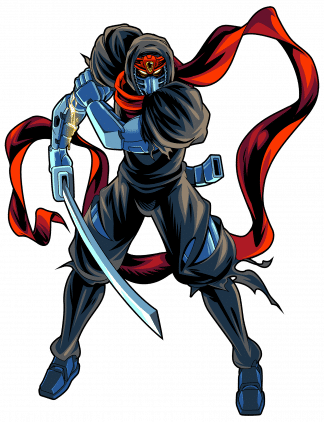
Game Name: Cyber Shadow
Platform(s): Steam, Switch, Xbox Series X|S, Xbox One, PS4, PS5
Publisher: Yacht Club Games
Developer: Mechanical Head Studios
Release Date: January 26, 2021
Price: $19.99
Cyber Shadow opens with L-Gion, a high-tech version of Mega Man’s Eddie, waking the cyber ninja Shadow from stasis. As he awakens, Shadow remembers being human. He looks out from a city rooftop clenching a golden medallion and watches as a bomb explodes. His flesh is torn from his body, and his consciousness is transferred into a robotic vessel.
The rest really doesn’t matter. Cyber Shadow’s story is a bit of a mess, but the occasional cutscenes rarely intrude on the action. You’re not buying Cyber Shadow for a gritty, complex tale about love and duty. You’re buying it for the thrill of performing a high wire act while hordes of robots try to knock you to your doom, and that’s what Mechanical Head Studios delivers.
There was a point early in my 10 hours with Cyber Shadow when I thought I was going to hate it. While the game is never easy, its first two stages whiff on the “frustrating but fun” concept challenging platformers like Celeste have mastered.
Shadow feels more knight than ninja in these opening courses. He’s a little slow and doesn’t have the tools to deal with all of the enemies he faces, only a katana that can strike directly in front or behind him. Enemies aren’t quite as limited, and they approach from all angles. I died countless times on an elevator sequence where little moths hatch and attack from directly above and below you. Instant death spikes cover the shaft, and the moths had a knack for knocking me into them.
Fortunately, Shadow does a passable Mega Man imitation. He learns new abilities after defeating bosses, and while each is useful in its own way, three elevate the game into something special: the sprint, wall climb, and parry. They transform Shadow into a robotic killing machine, and, more importantly, they change the game’s pace and identity.
The sprint is the biggest difference-maker. Cyber Shadow is never a slow game, but its first five stages reward patience and planning over speed. That all changes once you learn how to sprint. Some of my favorite sequences involve sentient goo, with… of course… death spikes attached, that chases you through narrow corridors filled with enemies trying to slow you down. Cutting through these segments, parrying some enemies and dash slicing through the rest, is Cyber Shadow at its peak.
A lot is packed into the game’s 10 chapters, and there’s a beautiful rhythm to how the pacing increases as each transitions into the next. The first three stages feel a little too similar, mostly due to Shadow’s upgrades serving combat utility rather than enhancing his navigation skills, but the rest flow like a river headed towards a waterfall. The further up creek, the more relaxed the water. By the time you hit chapter eight, the stream has transformed into rapids, crescendoing with a high-speed highway sequence that blew me away. The final two stages ask you to apply everything that you’ve learned along the journey, and they are worthy challenges.
You’ll die a lot the first time you play through Cyber Shadow. Clearing it took me seven hours almost on the dot, and I died 222 times. That’s once every 113 seconds, and it feels like the math is being generous here. I’d have guessed I died once a minute, and that may be due to the way the game’s dated checkpoint system disrupts progress. You’ll waste a ton of time redoing rooms you have already cleared.
I get what Mechanical Head Studios is going for. Retro games inherently reuse design philosophies that may be dated, and the best ones take those enjoyment stifling anachronisms and touch them up for modern audiences. Cyber Shadow wants to recapture the feeling players had when they’d get game overs, but it also alleviates that pain by being far more generous with checkpoints than its ‘80s influences and ditching lives entirely.
Call me crazy, but I think it took developers two decades too long to gather in a room and say, “You know what sucks? Beating a really hard challenge only to die on the next one and having to do the first over again. We should get rid of that!” I prefer Cyber Shadow’s system to having to start entire levels from the top, don’t get me wrong, but games like Celeste have proven that instant respawns at the start of each room are the way to go.
On the bright side, only a handful of those 222 deaths felt unfair. Sure, there was the occasional laser beam that came out of nowhere. I did fall into spikes that I couldn’t see a few times, but all-in-all, Cyber Shadow normally leaves you with no option but to blame yourself when you fail.
A great control scheme anchors the experience. Shadow responds instantly to your commands, and can even make mid-air adjustments that allow you to poke at enemies shooting from above bottomless pits. The game uses just two buttons and the d-pad, but that simplicity makes it easy to cast spells without mixing up inputs.
Its only shortcoming is the sprint command. You have to quickly double-tap in the direction you want to run, and I had so much trouble getting it to work on demand, particularly in stressful situations. There are so many times you’ll want to sprint in one direction for just a split second before turning around to slash, and I constantly got hit from behind because I failed to get the sprint to start. Worse, sometimes I’d think I was about to sprint, not sprint, and then sprint because of my next input. A sprint button is a simple solution that would have made the game control better when chaos fills the screen.
I had some finger cramping issues as well, but I think that’s from playing entirely in handheld mode on Switch. You’re going to want to use a pro-controller if possible. Still, Cyber Shadow’s frequent checkpoints and short stages make it a perfect Switch game, ideal for the morning commute if and when that horrid ritual returns. It also looks gorgeous on the small screen.
Vibrant pixel art brings each of the stages to life and does most of the heavy lifting in providing the game’s edge. You’ll spend most of your time looking at the intricately detailed foregrounds, but every now and again I had to stop to take in the whole scene. Mekacity is a fully realized metropolis, and even though the graphics are 8-bit, you always have a sense of place. A fantastic score rounds out the atmosphere, with tunes that sound somehow both retro and futuristic.
Cyber Shadow nearly perfects the NES-homage by finding the balance between retro and modern game design. It’s a superbly paced title whose opening levels stick close to what made games like Ninja Gaiden great before growing into its own identity in the later courses. Even if you’ve never experienced the games Cyber Shadow reverently imitates, it’s a game fans of the genre must experience.
Cyber Shadow
Cyber Shadow
Cyber Shadow‘s level design is so good that you’d be forgiven for thinking Yacht Club both developed and published the title. The game is superbly paced, ripe for multiple replays, and visually polished. It won’t win over those who don’t love retro action platformers, but even casual fans of the genre will love this one.
Pros
- Superior level design
- Superb pacing
- Engaging abilities
- Vibrant visuals
- Epic soundtrack
Cons
- Archaic checkpoint system
- Frustrating dash mechanic
- Slow start
- No bonus content


